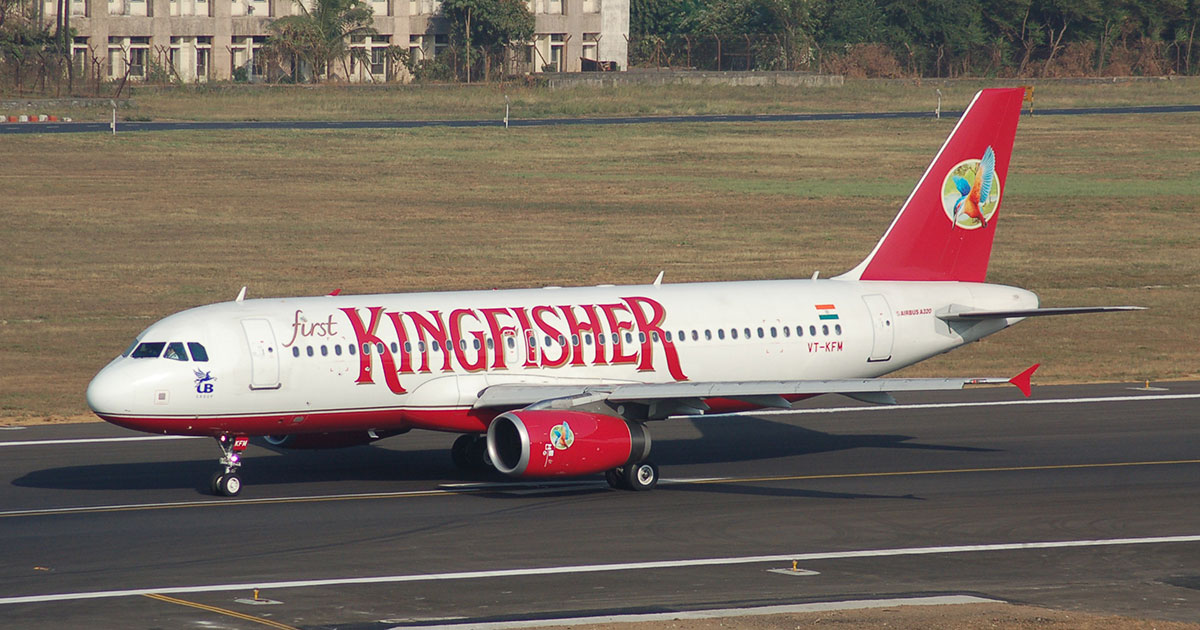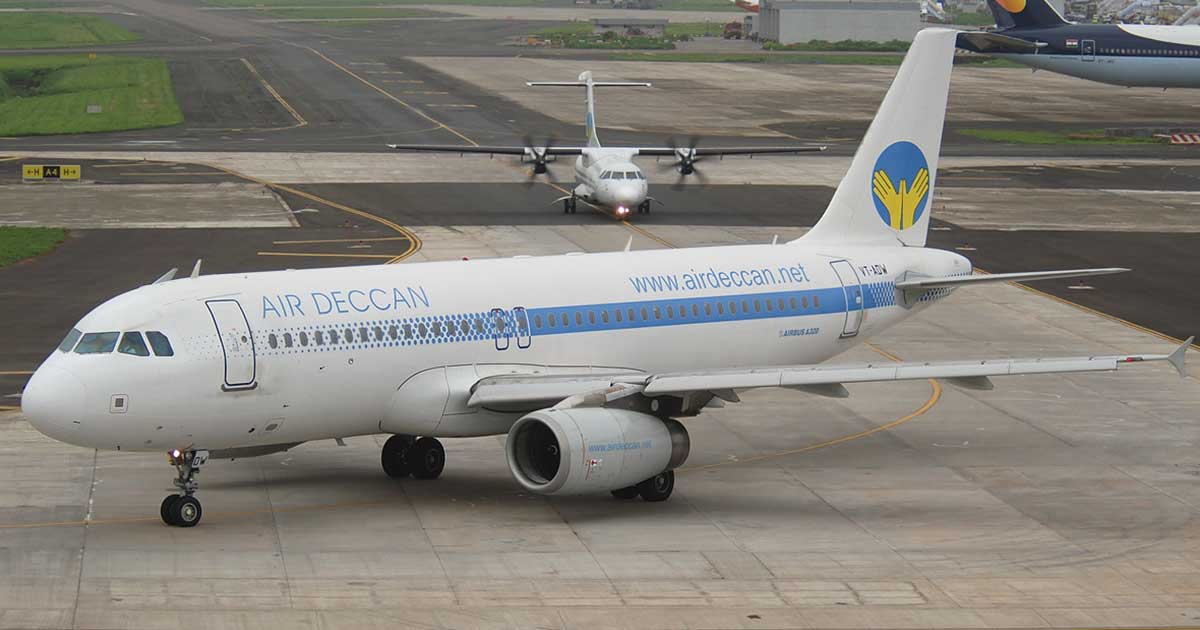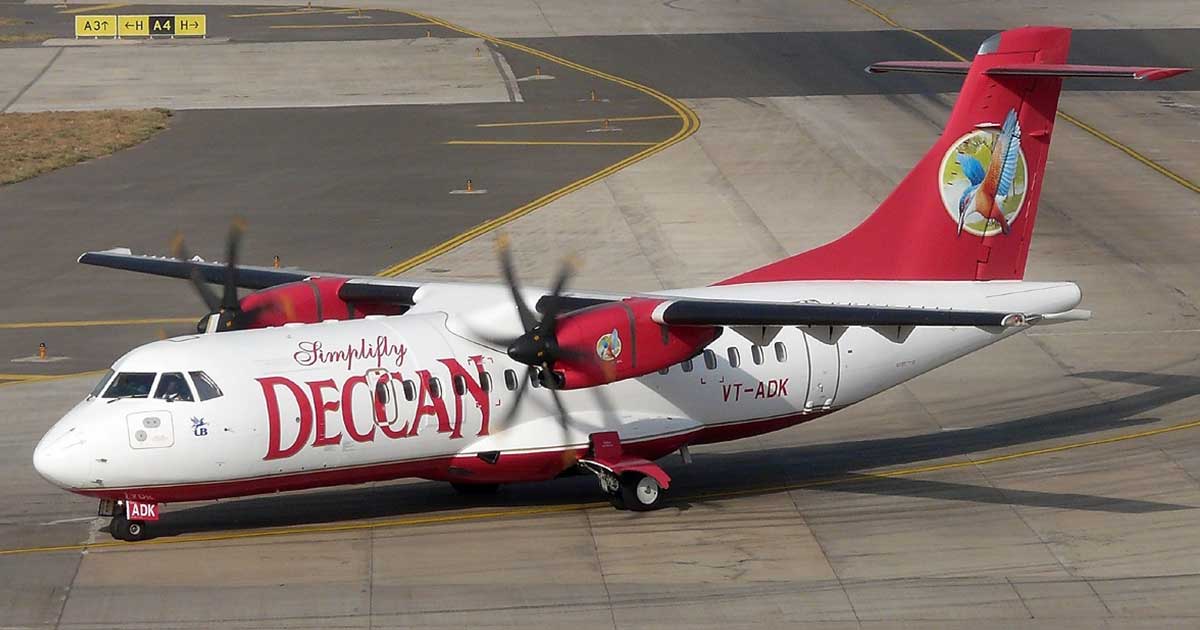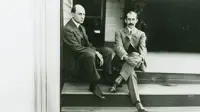Kingfisher Airlines Part 2 - the flight of fancy
By Aniket Gupta | 18 Sep 2023

Liberalization
Kingfisher Airlines was launched with a great deal of enthusiasm and fanfare. Founded in 2003 by the Bengaluru-based United Breweries Group, the airline entered the aviation industry during a period when low-cost airlines had revolutionized the market, making air travel accessible to a wider Indian audience.
The Indian government had deregulated the civil aviation sector in 1991, allowing private airlines to enter what had previously been an entirely public sector domain. Initially, private airlines were permitted to conduct charter and non-scheduled services under the ‘air taxi’ scheme; then, in 1994, the Air Corporation Act was repealed, granting private airlines the ability to operate scheduled services.
The first of the private sector entrants was East-West Airlines, which launched in 1991. It was quickly followed by other private carriers, including Air Sahara (1991), Damania Airways (1992), Modiluft (1993), and NEPC Airlines (1993).
Kingfisher Airlines was a latecomer to the scene. Established in 2003, it started commercial operations in 2005. But, typical of its promoter Vijay Mallya’s style, it wanted to be big from the word go. It became the first Indian air carrier to place orders for Airbus A380 aircraft. The bill was $3 billion.
Not to be thrust into a corner by the new entrants, the public sector domestic operator, Indian Airlines, placed a $2.5-billion order for 43 Airbus jets in 2005. And, in 2006, the public sector international airline, Air India, placed a big, $7.5-billion order for over 68 Boeings.
Then IndiGo came in out of the blue and ordered 100 Airbus A320s for $6 billion, marking the largest order by any Asian domestic carrier.
By now, more than half a dozen low-cost carriers had entered the Indian aviation market. Besides IndiGo, they included Air Deccan, GoAir, SpiceJet, and Paramount Airways.
Now let us focus on Kingfisher Airlines.
Kingfisher starts flying
On 9 May 2005, Kingfisher Airlines embarked on its commercial journey with a fleet of four new Airbus A320-200s, which operated daily flights between Mumbai and Delhi. The company’s mission was to deliver world-class services and surpass the competition in both product quality and service excellence.
Equipped with state-of-the-art aircraft and exceptional amenities such as hot meals, comfortable seating, personalized in-flight entertainment, and a guest-centric approach, Kingfisher Airlines made its debut with four daily flights between Delhi and Bangalore.
Then it launched four flights a day between Bangalore and Delhi, and then expanded its service to 104 flights per day, connecting 16 cities in one year by introducing 17 aircraft. During 2005-2007, it set a record of fastest airplane induction.
Plaudits
By the year 2006, the Airlines had achieved five-star status and was favored by business class travelers.
Then Kingfisher Airlines took a big leap, inaugurated its international operations on 3 September 2008 by flying a route between Bengaluru and London.
In 2008, the company gained recognition as the sole five-star airline in India, earning a reputation for delivering exceptional flight services to its passengers, a standing it upheld for the ensuing three years. By 2009, Kingfisher had garnered widespread acclaim globally and was among the seven select airlines worldwide awarded a coveted 5-star rating by Skytrax.
Gradually, it emerged as the largest airline in the world’s second-most populous country, commanding a 26.7% share of the aviation market and operating approximately 250 daily flights. In May 2009, Kingfisher Airlines achieved the highest market share among all airlines in India by carrying over 1 million passengers. By then, the airline was offering three classes of travel to cater to a diverse range of passengers:
- Kingfisher First: Targeted at business-class travelers seeking premium services
- Kingfisher Class: A premium economy service designed for trendy and upwardly mobile middle-class passengers.
- Kingfisher Red: A low-fare basic class, essentially a rebranding of Air Deccan, tailored to price-conscious middle-class individuals.
In 2011, Kingfisher Airlines received the distinction of being named the best Indian airline of the year.
But Mallya had got over-confident. He announced that he was going to acquire Air Sahara. But he wasn’t able to do it. Kingfisher was already heavily in debt, and was incurring substantial losses.
In 2007, Jet Airways acquired Air Sahara, while Kingfisher Airlines acquired Air Deccan. Paramount Airways ceased its operations in 2010.

While on the surface, the acquisition of Air Deccan looked like a good business deal for Kingfisher Airlines, in reality it was far from it.
An unfortunate merger
In 2007, Kingfisher Airlines merged with Air Deccan, a low-cost carrier known for offering affordable fares. That resulted in mixed signals going out. Kingfisher had built its reputation as a high-cost carrier that emphasized luxury. The opposite of Air Deccan.
Kingfisher’s rationale behind the merger was twofold: first, it believed that Air Deccan, having established itself in the market earlier, could enhance the company’s financial position. Second, Kingfisher lacked the required five years of domestic experience to obtain an international aircraft license. Air Deccan, with its domestic experience, could fulfill this prerequisite.
Following the merger with Air Deccan, Kingfisher renamed it and introduced Kingfisher Red in 2008. But confusion prevailed.
KFA’s passengers were accustomed to luxury offerings, such as gourmet cuisine and lounge access, which were now replaced with the budget-oriented approach of Air Deccan. The merger eroded the premium brand status of Kingfisher.

Mounting losses
Over the next three years Kingfisher Airlines incurred losses exceeding 10 billion rupees.
When the company realized the error in acquiring Air Deccan, it attempted to rectify the situation by raising the price of Kingfisher Red. But that only made the confusion worse confounded.
The downslide had already started. The company reported losses of Rs.1,000 crore for three consecutive years. By 2012, its losses had mounted to over Rs. 7,000 crore, and half its aircraft were grounded.
The low-cost Kingfisher Red downed shutters in 2011, and its employees were not getting salaries. They went on strike.
Then the entire operation came to a halt.
Meanwhile, all kinds of dues had been mounting. In December 2011, the income tax department froze Kingfisher Airlines’ bank accounts due to an outstanding debt of Rs. 70 crore. To settle this debt, the company resorted to taking more loans.
Vijay Mallya appealed to the government for a bailout, but was denied it. After that, 20 December 2012, the directorate general of civil aviation suspended the company’s flying license, and the airline had to shut down its operations.
As part of debt reconstruction efforts, lenders who had extended loans reduced interest rates and converted the debt into equity. Unfortunately, this did not alleviate the company’s liquidity woes.
Kingfisher Red eventually ceased operations in February 2012. Presently, Kingfisher Airlines finds itself burdened with a total debt of Rs. 7,057.08 crore ($1.414 billion) and total losses amounting to Rs. 6,000 crore ($1.2 billion).



















